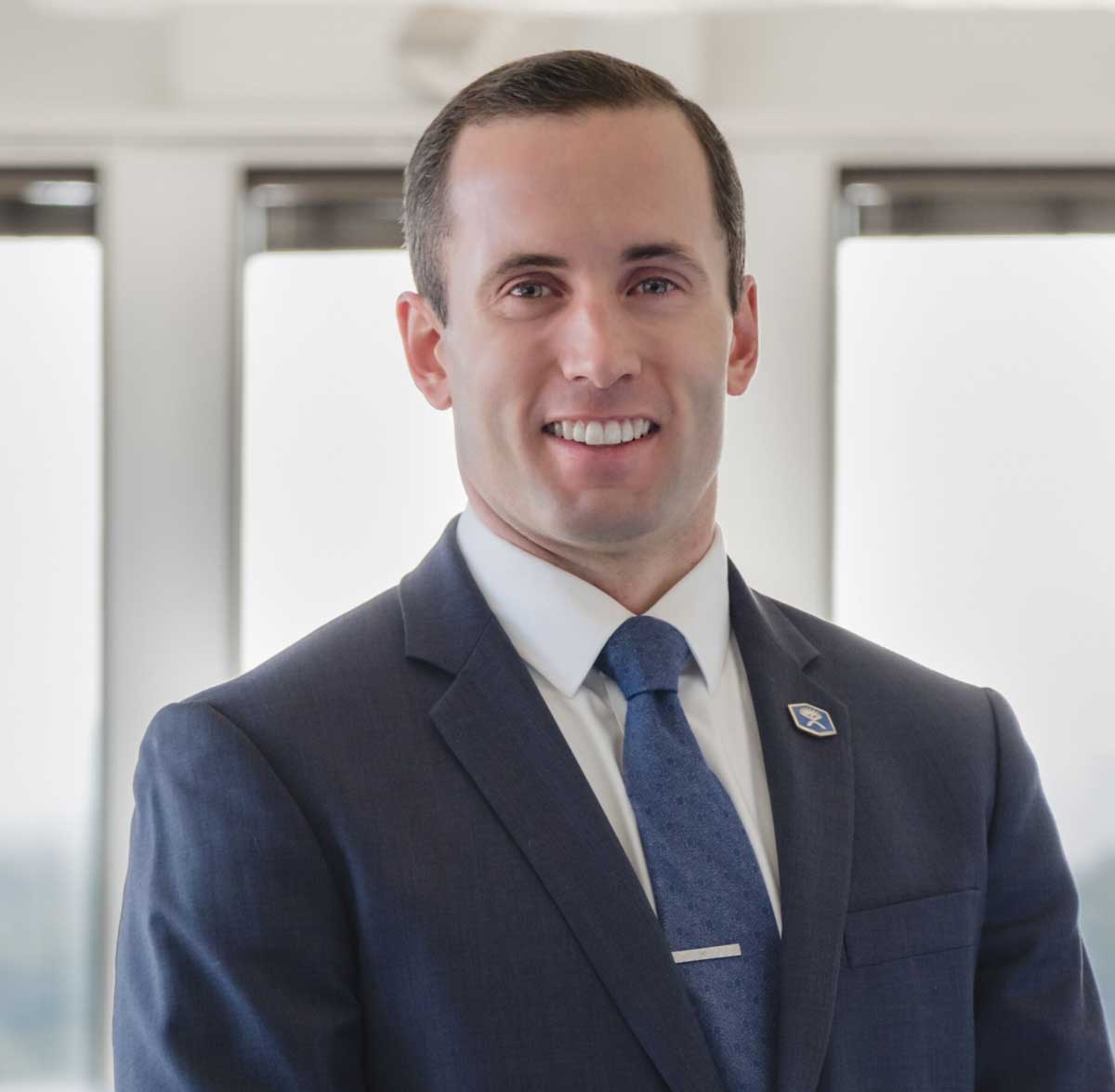Feb 08, 2021
How Important Are Lifting Mechanics?

“Don’t round your back”, “Lift with your knees, not your back”, and “keep you back straight” are commonly used phrases for preventing lifting injuries. When looking at the research, these phrases fail to hold water.
Lifting with a rounded low back is not asking for a back injury. A recent study reviewed over 4500 articles to determine what the current body of research has to say about lifting with a rounded low back. Here is what they concluded:
“There was no prospective association between lumbar spine flexion when lifting and the development of significantly disabling low back pain. There was no difference in peak lumbar flexion during lifting between people with and without LBP. Current advice to avoid lumbar flexion during lifting to reduce low back pain risk is not evidence based.”
Translation: lifting with a rounded low back does not cause or maintain low back pain.
Still not convinced? Let’s break it down.
Your Spine Is Stable
Studies claiming rounded — or flexed — spines are dangerous used cadaver and animal models. This is a problem as living models are significantly different. Our bodies are not strictly mechanical and they are highly adaptive. Furthermore, just because something causes more force does not mean the force is dangerous.
Let’s take it one step further. In some cases, a rounded low back can be advantageous.
Some studies show the spine is in a more stable position when flexed. Flexing the back shortens the distance you have to bend your hips and knees to improve the length-tension relationship allowing you to produce more power. Essentially, rounding your back can allow you to use physics in your favor.
Studies assessing ergonomics show “proper” lifting techniques may cause more shear stress in the spine than rounding the back. Again, the force is not great enough to be injury-inducing.
It Is Impossible to Keep Your Back Straight When Lifting
No matter how straight your back looks in the mirror, the spine is still flexed.
Your spine will not crumble if you lift heavy objects in a ‘non-neutral’ position — however you define that — but does that mean injuries won’t occur? What happens if you repeatedly lift with a rounded low back?
Injuries Are Complex

The study I opened the article with limited the lifting to 25 pounds. What happens if you lift more weight repeatedly, such as warehouse workers or movers need to do? What about carrying awkwardly shaped objects in various positions (twisted, not just rounded)?
Awkwardly carry objects is a risk factor for low back pain, as is lifting heavy objects repeatedly, however, these are just two pieces of the puzzle.
Workplace ergonomics training focused on reducing lumbar flexion does not work. It is not worth the time or effort to teach people to keep their backs straight. Pain and injuries are multi-factorial and focusing on a single cause is rarely the answer.
Low job satisfaction, poor exercise tolerance, inactivity, and health issues are greater concerns than lifting technique for work-related pain. When looking at injuries in general, overload and poor recovery are the primary culprits.
Repeatedly maxing out deadlifts with a rounded back may lead to an injury, but the injury is more likely the result of excessive demand placed on the entire body. Deadlifts are very demanding. Instead of focusing on lifting techniques, focus on overall health and exercise. Research shows exercise is one of the most effective treatments for back pain at work.
Look at the Big Picture
At the end of the day, our backs are strong and stable. Our bodies adapt to the demands put on them. You may experience pain when lifting with a rounded back and I encourage you to look at the big picture. The issue is rarely the rounded back, instead, it is the volume of work and lack of rest.
To better understand your back pain, consult one of our highly-trained physical therapists. They can provide a personalized approach to help you manage and resolve your pain. If you require a full treatment plan of care, we can set you up at one of our convenient locations.
ABOUT THE AUTHOR

Zach Walston (PT, DPT, OCS) grew up in Northern Virginia and earned his Bachelor of Science in Human Nutrition, Foods, and Exercise at Virginia Polytechnic Institute and State University. He then received his Doctorate of Physical Therapy from Emory University before graduating from the PT Solutions’ Orthopaedic Residency Program in 2015.
Zach has numerous research publications in peer-reviewed rehabilitation and medical journals. He has developed and taught weekend continuing education courses in the areas of plan of care development, exercise prescription, pain science, and nutrition. He has presented full education sessions at APTA NEXT conference and ACRM, PTAG, and FOTO annual conferences multiple platforms sessions and posters at CSM.
Zach is an active member of the Orthopedic and Research sections of the American Physical Therapy Association and the Physical Therapy Association of Georgia. He currently serves on the APTA Science and Practice Affairs Committee and the PTAG Barney Poole Leadership Academy.
Clinical Gap Podcast.


